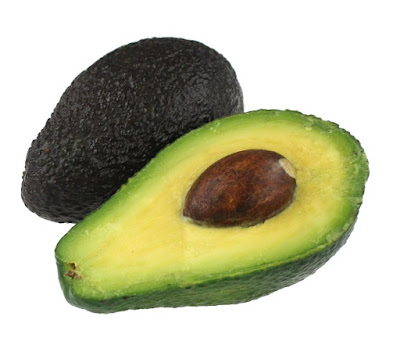How to get rid of bad breath
Bad breath stinks, but what can you really do? The chewing gum? Sucking a mint pill? These strategies offer some benefit, but they are short-lived.
And brush your teeth? Very important, but not as effective as treatment in itself, according to a scientific study conducted by researchers in Brazil.
A comprehensive strategy is needed.
So let's start with the main cause of bad breath: volatile sulfur compounds (VSC). While they sound more like the fumes you emit from your ass to your mouth, scientists say these substrates are the ones that usually lead to halitosis.
It is believed that volatile sulfur compounds result in the interaction of oral bacteria that occurs under conditions such as gum disease and infections, and inner pockets and fissures of the teeth.
These 10 habits of life could be the reason why you stink ...
No flossing:
Flossing is a pain and can sometimes be omitted when you are tired. But often, when the food gets stuck between the teeth, the bacteria feeds on it, producing bad odors.
Too much alcohol consumption:
Alcohol can dehydrate and dry mouth, which leads to increased production of bacteria.
Un sufficient drinking water:
Drinking water stimulates the production of saliva, which helps slow down the production of bacteria in the mouth and improve the smell of breath.
Overuse of mouthwash:
Alcohol in some mouthwashes can kill the bacteria in the mouth, causing them to repulse faster. Thus, while it is possible to work initially, in the long run, it may not help.
Eat too much mint :
Even if a quick fix, the sugar present in ticks provides a food source for bacteria that inhabit the mouth.
Take drugs:
Some medicines can cause dry mouth.
Skip meals:
When you do, your body releases chemicals from the belly rise and out of the mouth like bad breath.
Smoking:
We know all the health-related side effects of smoking - bad breath is one of them.
Using an old Toothbrush:
Replace teeth toothbrushes frequently, as they tend to be large breeding ground for bacteria.
But language is the real problem, according to a report in the Journal of Clinical Periodontology. It turns out, its wide surface - with all the small cracks and grooves - allows to harbor a great amount of microorganisms that lead to the volatile sulfur compounds.
In fact, in separate studies, Japanese scientists found that "saburra" has had the greatest impact on the production of volatile sulfur compounds in people's mouths. This would also help explain why you are more likely to smell bad in the morning breathing as compounds build up overnight.
Which brings us to that complete strategy.
1. Cleaning the tongue.
This helps to annoy and eliminate bacteria that create volatile sulfur compounds, and leads to a reduction in their odor.
You can literally brush your tongue, but an even better approach is to scratch your tongue back and forth with a plastic tongue scraper.
When you brush your tongue with a little 'toothbrush, you could also be moving around the smelly bacteria in different places on your tongue.
But the larger, flat-design area of a tongue scraper will allow you to carry more bacteria out of your mouth when you scrape forward, said Dr. Denis Kinane, the dean of the University of Pennsylvania School of Dental Medicine.
According to a Cochrane review of scientific literature, people using a tongue scraper reduce volatile sulfur compounds by 42 percent, compared with 33 percent in those who brush their tongue. In addition, the effects of scraping the tongue last longer.
2. Brush and floss twice a day.
This is not surprising, of course. It can eliminate small food particles and microorganisms that can lead to volatile sulfur compounds.
If flossing is not used, treat and then give the thread of an aspiration. Bad smell? You probably have discovered a breeding ground for healthy bacteria - and hopefully gained motivation to start flossing regularly.
Keep in your mind that periodontitis and gingivitis and can lead to sulfur volatile compounds and bad smell of breath, regular visits to the dentist are a must.
3. Keep your mouth well hydrated.
When there is "dry mouth", dead cells in the tongue, gums and cheeks can accumulate. Without enough saliva to remove the bacteria they begin to feed on the dead skin cells and multiply. This produces a cluster of sulfur-related molecules that cause bad breath, says Dr. Kinane.
If you often feel your mouth is dry, try an over-the-counter rinse like Biotene, which has been shown to help with dry mouth.
If your breathing really bad and you do not have to rinse around, just rinse your mouth with tap water



















































